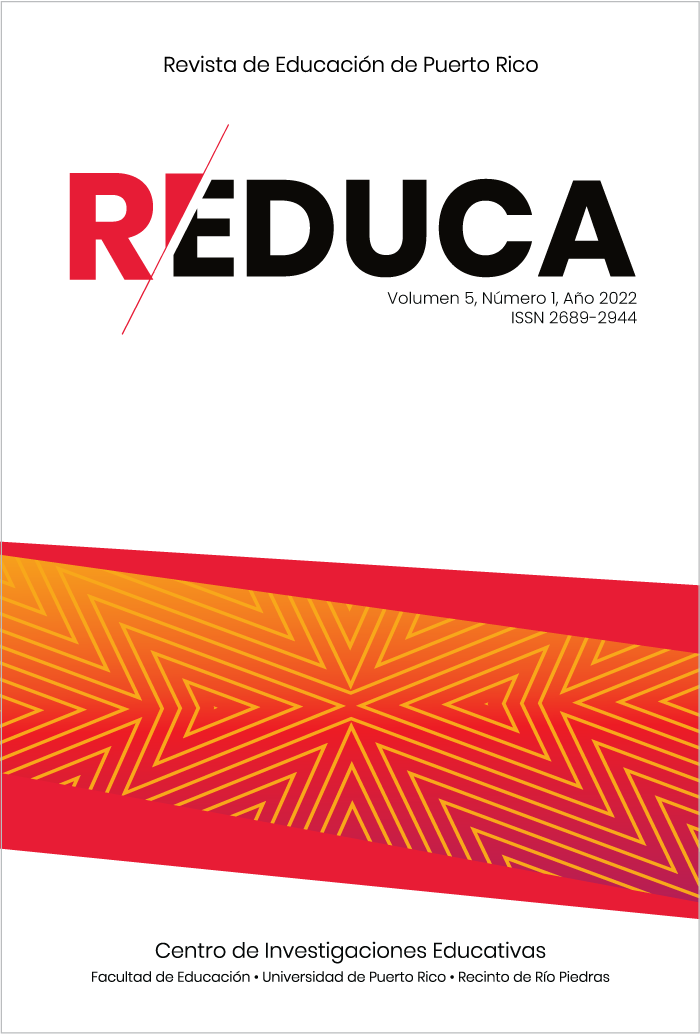Abstract
Distance education presents great challenges for educational institutions. It is necessary to establish a technological innovation plan in schools to guarantee academic continuity. Collaborative work and sharing experiences in the use of technological strategies are important to ensure that teachers feel supported and can face the new reality of distance education. Therefore, the educational leader is considered a key piece for achieving the established goals and in maintaining an optimistic, skillful, enthusiastic, and collaborative school environment, despite the circumstances.
References
Deal, P. & Peterson, K. (1999). Shaping school culture. Jossey-Bass.
Goleman, D., Boyatzis, R. & McKee, A. (2002). Primal leadership: Realizing the power of emotional intelligence. Harvard Business School Press.
Hall, H. (2008). Student-parental-teacher partnerships: Creating safe classroom and communities. Democracy & Education, 18, 46-90.
Schwahn, C. & Spady, W. (2006). Total leaders: Applying the best future-focused change strategies to education. Rowman & Littlefield Publishers.
Senge, P. (1990). The fifth discipline: The art and practice of the learning organization. Random House.
Senge, P., Cambrón-McCabe, N., Lucas, T., Smith, B., Dutton, J. & Kleiner, A. (2002). Escuelas que aprenden. (J. Cárdenas Nannetti, Trad.). Grupo Editorial Norma.

This work is licensed under a Creative Commons Attribution-NonCommercial 4.0 International License.
Copyright (c) 2022 Revista de Educación de Puerto Rico (REduca)

